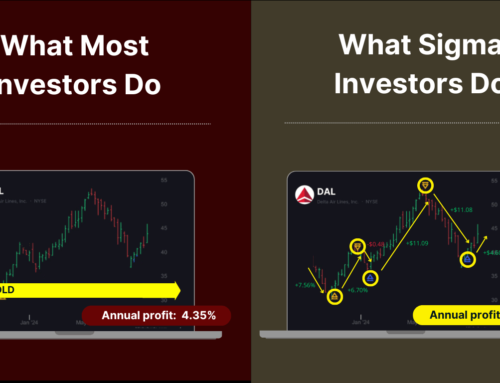Stocks and bonds are financial instruments used by investors to invest in companies and governments, respectively. Stocks, also known as shares or equities, represent ownership in a company. When purchasing stocks, investors become shareholders with a claim on the company’s assets and earnings. They have the potential to profit from the company’s value growth and may receive dividends. However, stock prices fluctuate based on market conditions, company performance, and investor sentiment, carrying both potential returns and
risk of loss.
On the other hand, bonds are debt instruments issued by governments, municipalities, and corporations to raise capital. Buying bonds involves lending money to the issuer and receiving regular interest payments and the return of the principal amount upon maturity. Bonds are generally less risky than stocks due to their fixed income stream and defined maturity date. However, bond prices can fluctuate based on changes in interest rates and issuer credit worthiness. Bonds are often categorized by credit rating, with higher rated bonds
considered safer but offering lower yields.
Stocks are generally more volatile than bonds, with prices fluctuating significantly in response to market conditions, economic factors, news, and investor sentiment. This volatility can result in potential gains or losses. In contrast, bond prices tend to be more stable, experiencing smaller fluctuations compared to stocks.
While stocks have historically provided higher long-term returns than bonds, they also come with greater risk. They offer the potential for capital appreciation and higher average returns but are susceptible to market downturns and the risk of loss. Historical data shows that the average return for U.S. stocks, represented by the S&P 500 index, has been around 7% to 10% over the long term. However, it’s important to note that stock returns can vary significantly from year to year, including periods of negative or lower returns.
Stocks are often viewed as growth investments, appealing to investors seeking long-term growth and potential returns. Conversely, bonds offer more modest returns through regular interest payments, providing predictable income streams and principal protection upon
maturity. They are considered income investments, attracting investors seeking stability and regular coupon payments.
While bonds generally deliver more modest returns compared to stocks, they offer greater stability and income. The specific returns depend on the bond type and prevailing interest rates. High-quality bonds have historically provided average annual returns of around 2% to 5% over the long term.
Diversification is a crucial element of sound investment strategy. Including both stocks and bonds in a portfolio helps spread risk. Bonds tend to be less affected by market downturns, acting as a safe haven and counterbalancing stock volatility. Diversification mitigates overall portfolio risk by avoiding reliance on a single asset class.
The time horizon is an important consideration when assessing risk. Stocks are suitable for long-term investments as short-term volatility is often smoothed out over time. Bond investments are generally suitable for shorter time horizons or when capital preservation is a priority.
Sound investors evaluate risk tolerance, investment goals, and a time horizon to allocate between stocks and bonds. Because stocks offer higher returns but come with higher volatility and risk, while bonds provide stability, income and lower long-term returns, diversifying becomes even more important. Diversifying within asset classes involves investing in different sectors, regions, and bond types. It’s important to consider current market conditions and regularly review and rebalance the portfolio.
It’s not uncommon for advisors to allocate a 60%-70% stocks and 30%-40% bonds allocation respectively, with an annual rebalancing strategy. As always, seeking competent professional advice helps navigate complexities and tailor the allocation to individual circumstances. Asset allocation aims to manage portfolio risk but does not guarantee profits or protect against
losses.











